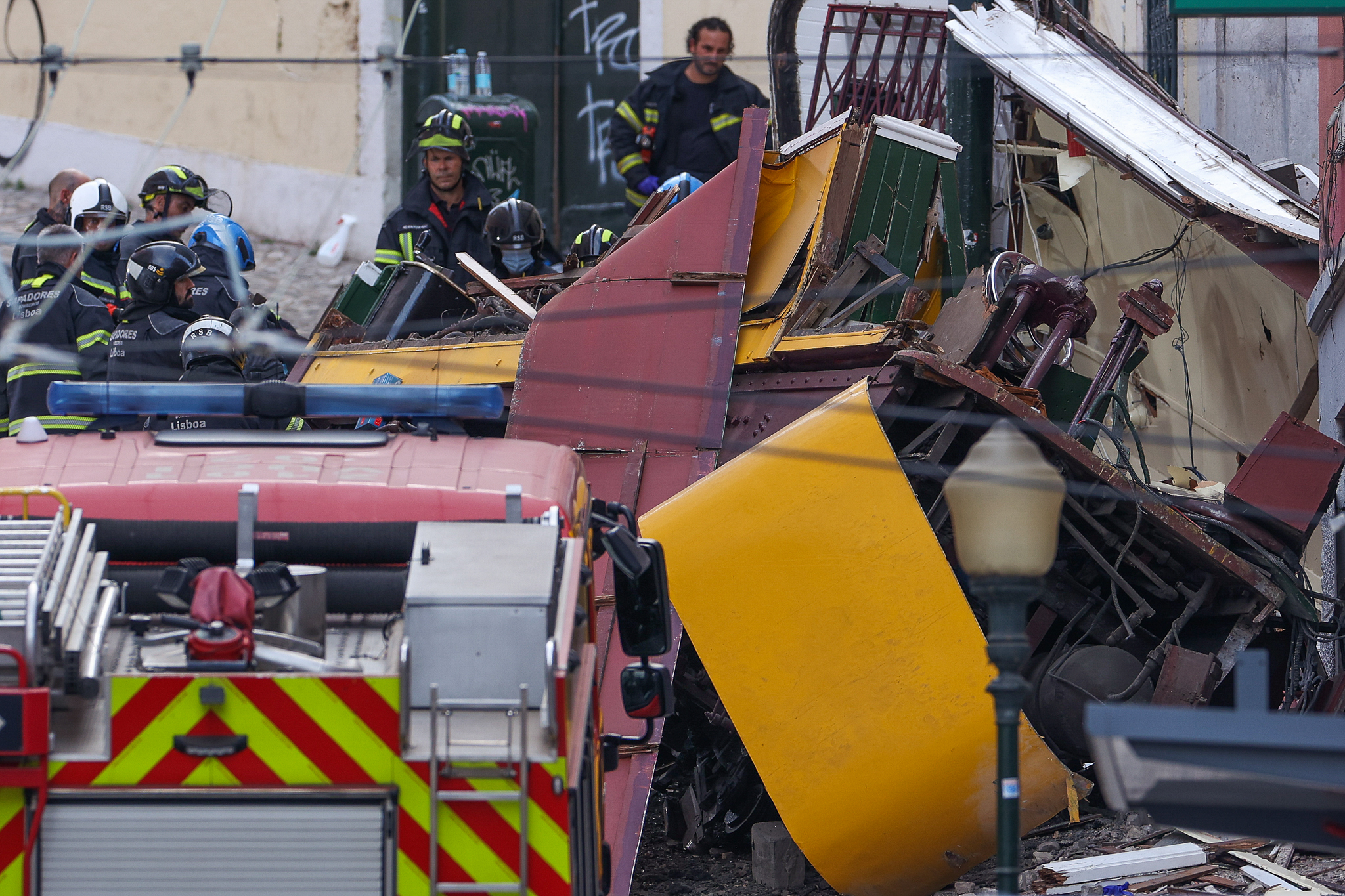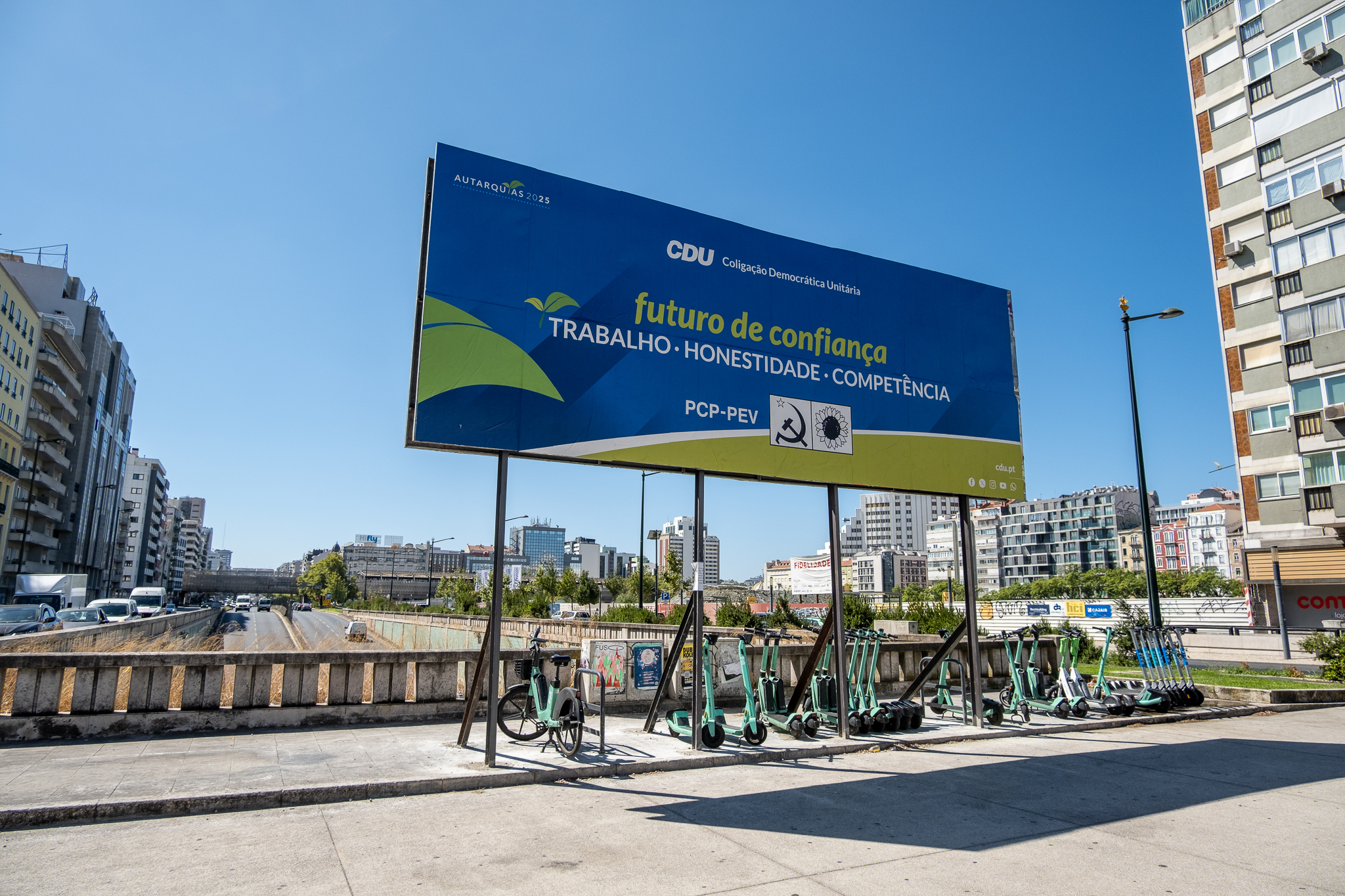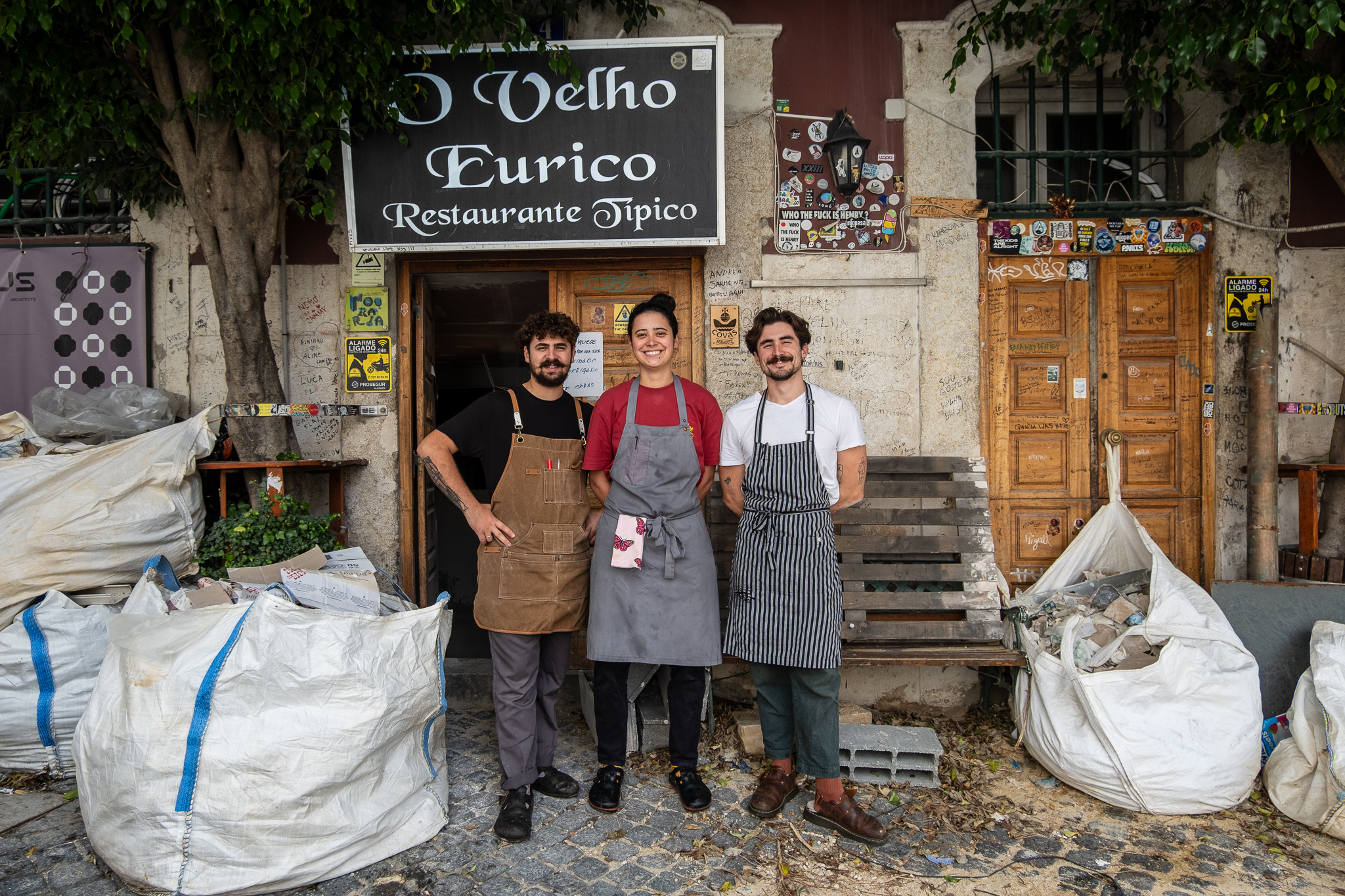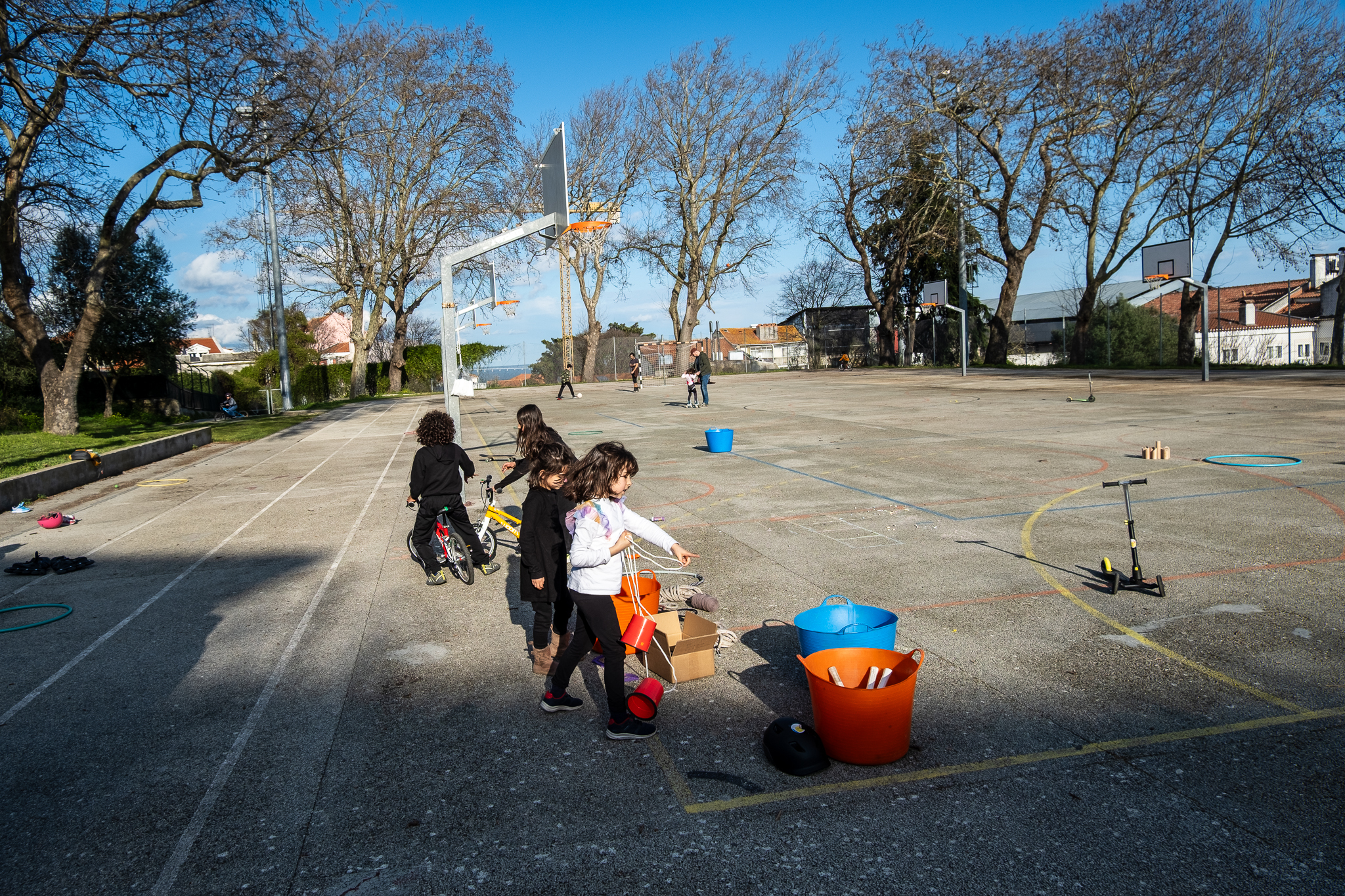
The Praça de Espanha we knew was a complex traffic circle that was the intersection of six major arteries - Avenida dos Combatentes, Avenida Santos Dumont, Avenida de Berna, Avenida António Augusto de Aguiar, Avenida Calouste Gulbenkian and Avenida Columbano Bordalo Pinheiro. Crossing the square on foot from one end to the other could be a bit of a headache, given the winding route you had to take and the number of traffic lights you had to wait for. There was a green space in the middle that was practically inaccessible. Getting around the traffic circle by bicycle was no easy task either - although it came in handy, for example, if you were coming from Sete Rios or Benfica and wanted to get to Saldanha.
The new Plaza de España will have little to do with the old one. It is true that it will continue to be an intersection of major avenues, but the road layout will be completely recreated to allow the birth of a new urban park, larger than Jardim da Estrela, which will continue the green spaces that exist around it, such as Gulbenkian (which will be extended), o future Green Corridor of the Alcântara ValleyMonsanto and the Zoo. The reconversion of Praça de Espanha will be the responsibility of the studio NPKThe project was selected after an international public tender was launched and the population was involved in choosing the winner. The work is expected to be completed in 2020.
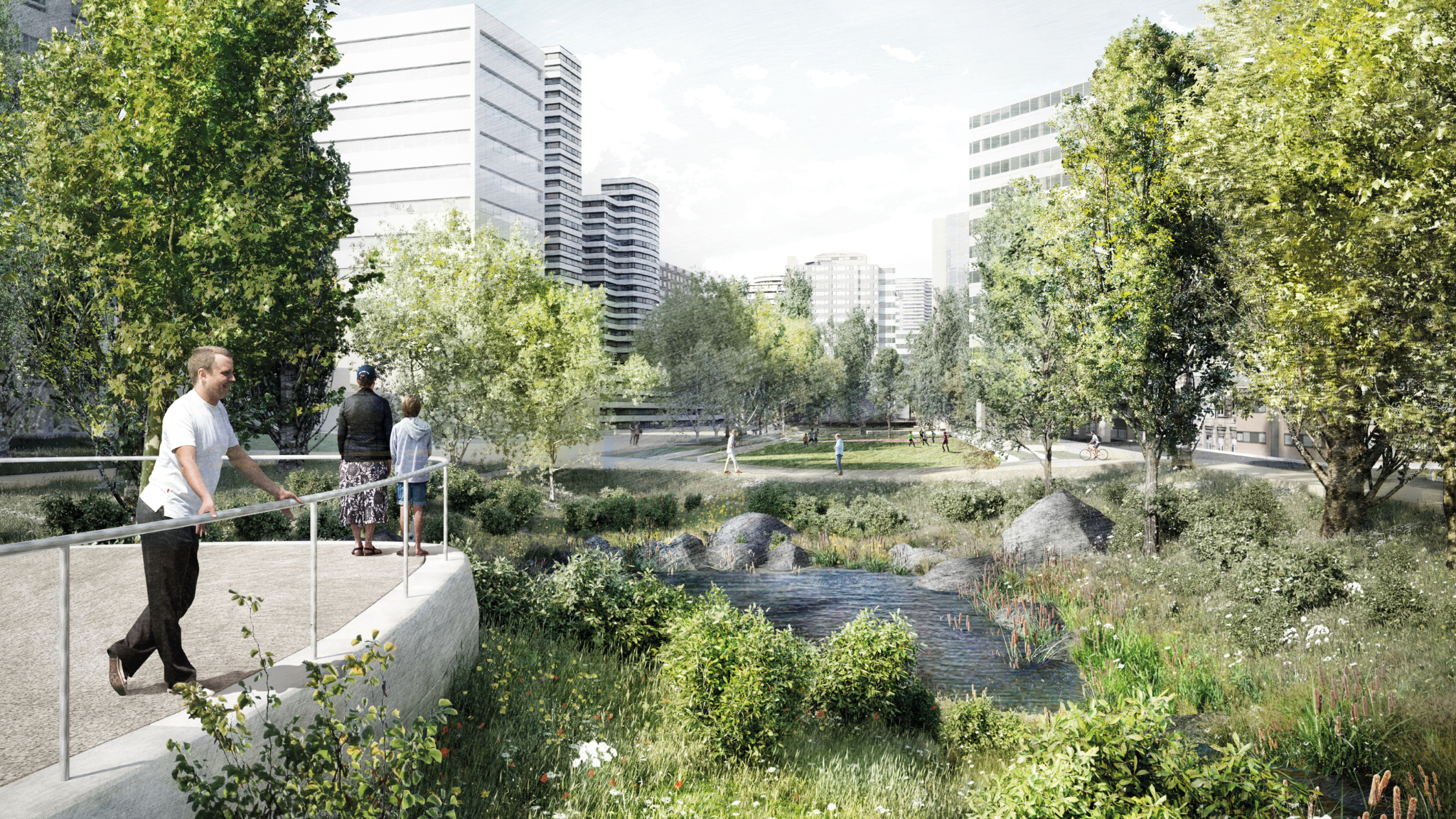
This architecture firm's proposal involves recovery of the Rego stream, bringing it to the surface so that people can enjoy the watercourse in the garden that will spring up in the Plaza de España. A rainwater retention basinto prevent the floods that plague the area. The project also includes a informal multi-sports area on grass pitches and a space with benches for meals. NPK's architectural plan promises "a cleaner atmosphere, gardens that are easier to sustain, a fresher city, more resilient to climate change, a more beautiful city". At the same time, the aim is to create "a new urban unit, capable of generating cohesion in the disconnected public space and new continuities between neighborhoods".
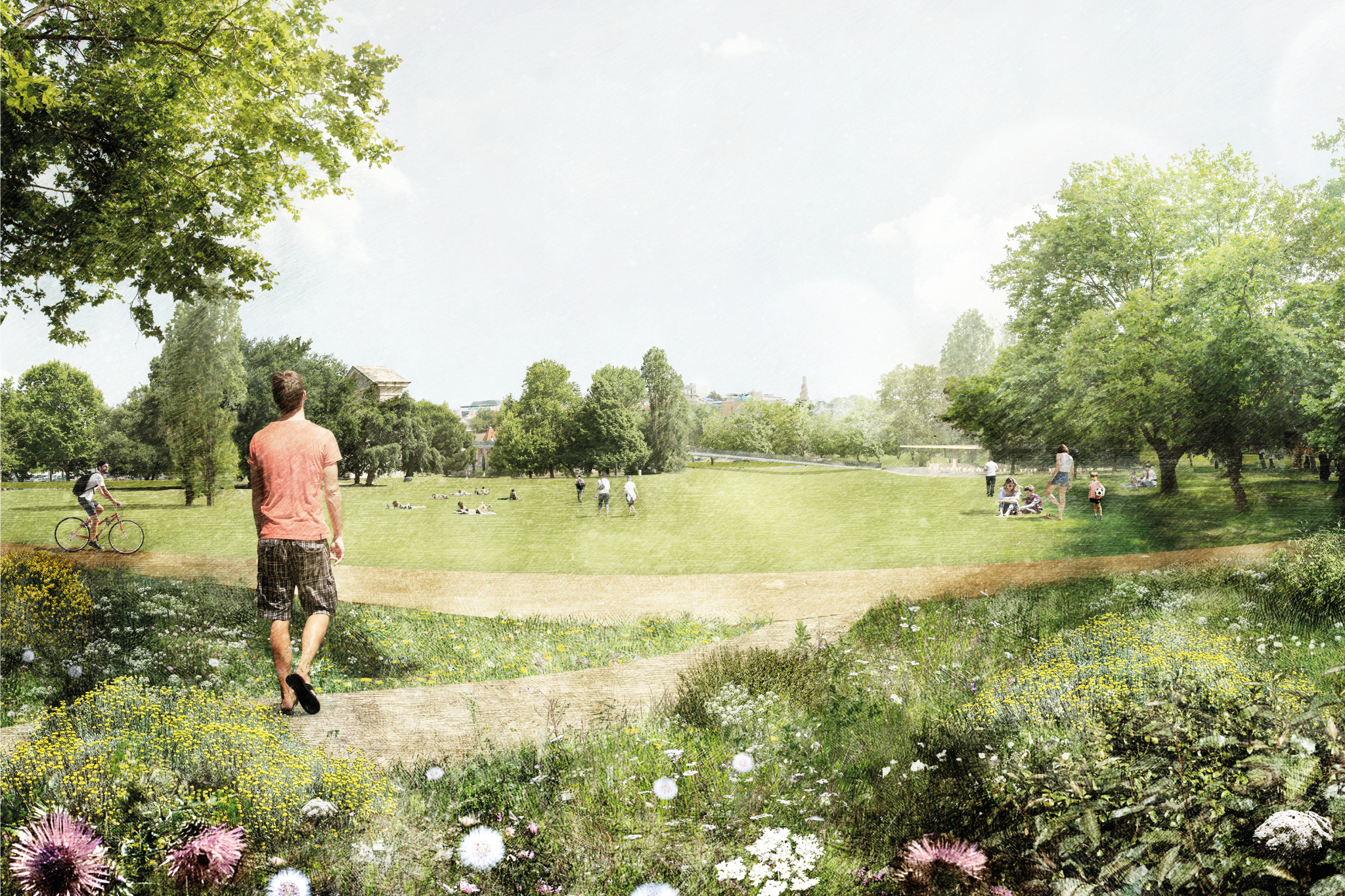
On the outskirts of the new Praça de Espanha - which began to be decided in 2014, when António Costa was still in charge of the Lisbon city council - the new headquarters of Montepio and the insurance company Lusitânia are to be built, and the facilities of the current Portuguese Institute of Oncology are to grow. The new urban park should integrate the new tenants, but also preserve the old ones, such as the Calouste Gulbenkian Foundation, the Teatro Aberto and the Teatro da Comuna. In the Plaza de España there will also (finally) be a cycling artery and road traffic will be altered with the creation of two major intersections at the tops of the squareOne for Avenida dos Combatentes, Avenida Santos Dumont and Avenida Columbano Bordalo Pinheiro; the other for Avenida de Berna, Avenida António Augusto Aguiar and Avenida Calouste Gulbenkian.
Praça de Espanha is set to be Lisbon's biggest urban development project in 2020.

